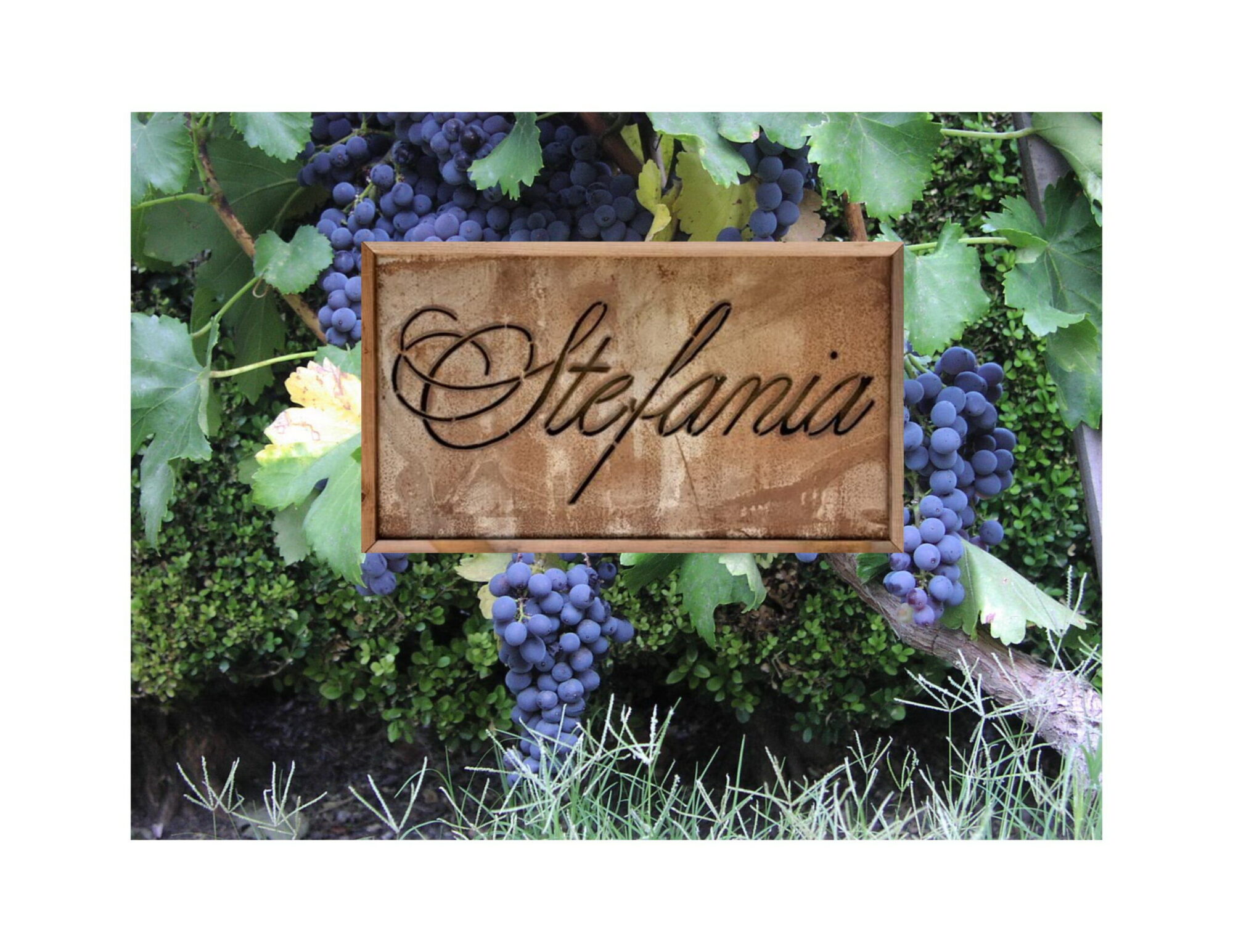Tuesday we drove up to the Los Altos Hills after work to drop off some grow tubes and check on our Pinot Noir Vineyard. This small vineyard has just about 800 plants and should produce about a ton of fruit from us once at full production. This was our first vineyard to have bud break this year and the plants were pretty far along in growth.
Stefania, Millie and I did all the pruning this year. There were some spacing issues I wanted corrected and I though many of the plants needed new cordons as they’d been pushed too far too fast before we took over the site last year. We went through each vine very carefully to get it pruned with the focus on strong plant this year. So far the growth looks really good.
The vines need some suckering and thinning. Stef and I will do that ourselves also so that we know the plants are trained exactly how we want them. We both felt there was too much green growth and too many shoots left last year so thinning will be a key. The vineyard layout is good but it is ‘busy’ compared to what we normally do. Stef likes a clean simple aesthetic in the vineyard and this one had a lot of extra clips, stakes, holders and tape. We try and avoid using those items.
It might be hard to spot below but if you look closely you’ll see lots of green tie tape on the plants. Each plant is also staked and tied down to the stake. I put up a picture of our front yard vineyard as a comparison. Notice that there is no tie anywhere and no extra metal or plastic in sight. It’s something small and subtle but it gives the vineyard more of a natural feeling versus looking like a ‘metal and wire garden’ as Stef calls them.





